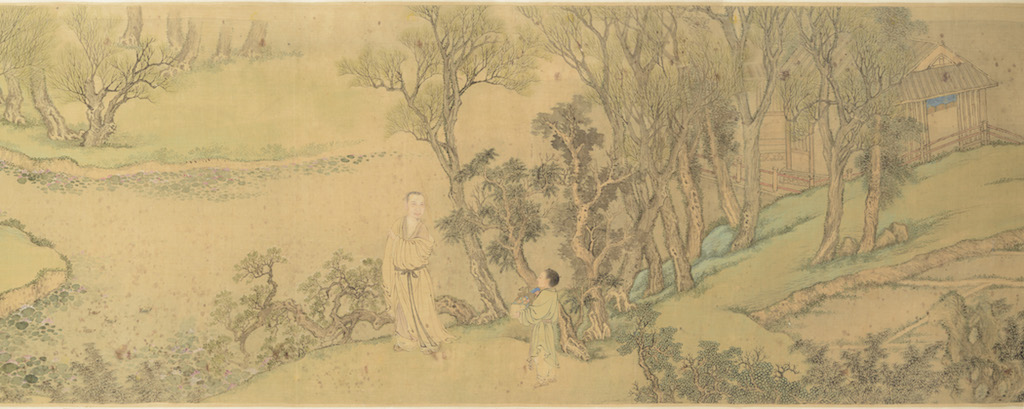[ad_1]

Wang Hui, Portrait of An Qi in His Garden (detail), 1698, ink and color on paper.
COURTESY MUSEUM OF FINE ARTS, BOSTON
The Museum of Fine Arts, Boston has received a gift of 183 Chinese artworks from collector Wan-go H. C. Weng. The lot of works spanning 1,300 years comprises 130 paintings, 31 works of calligraphy, 18 ink rubbings, and four textiles.
A large part of the Weng Collection, which has been passed down through six generations of the family, was acquired by Weng’s great-great-grandfather Weng Tonghe, who lived from 1830 to 1904 and held several high-level roles in the Chinese government. As the collection’s current keeper, Wan-go Weng has donated 21 other works to the MFA in the last decade, including a 53-foot-long scroll from 1699 titled 10,000 Miles along the Yangzi River. An exhibition of objects from the Weng Collection will open at the MFA in fall 2019.
A few highlights in the collection are a work by Wang Hui and the Imperial painter Jiao Bingzhen titled Portrait of An Qi in His Garden (1698), a hand scroll by Hua Yan titled Autumn Boating Moon (1748), and Calligraphy in the Styles of the Early Masters (1702) by Zhu Da. Also included are seven paintings by Chen Hongshou—who lived and worked during the Ming Dynasty—as well as pieces made by Weng Tonghe and Wan-go Weng.
Wan-go Weng said in a statement, “I started looking at Chinese paintings very early on. My whole life is connected to Chinese paintings and calligraphy. The first museum I ever visited in the U.S. was the Museum of Fine Arts in Boston, and it became my museum. I am so happy that both collections are together now—it’s almost like destiny.”
Matthew Teitelbaum, director of the MFA, added, “On rare occasions, there are gifts to museums that have the ability to transform collections. This is one of those truly remarkable moments. This collection represents a range of artworks—dynamically painted landscapes and flowers, depictions of great and legendary figures from Chinese cultural history, and expressive, poetic works of calligraphy—that will beautifully complement the MFA’s existing masterpieces.”
[ad_2]
Source link

